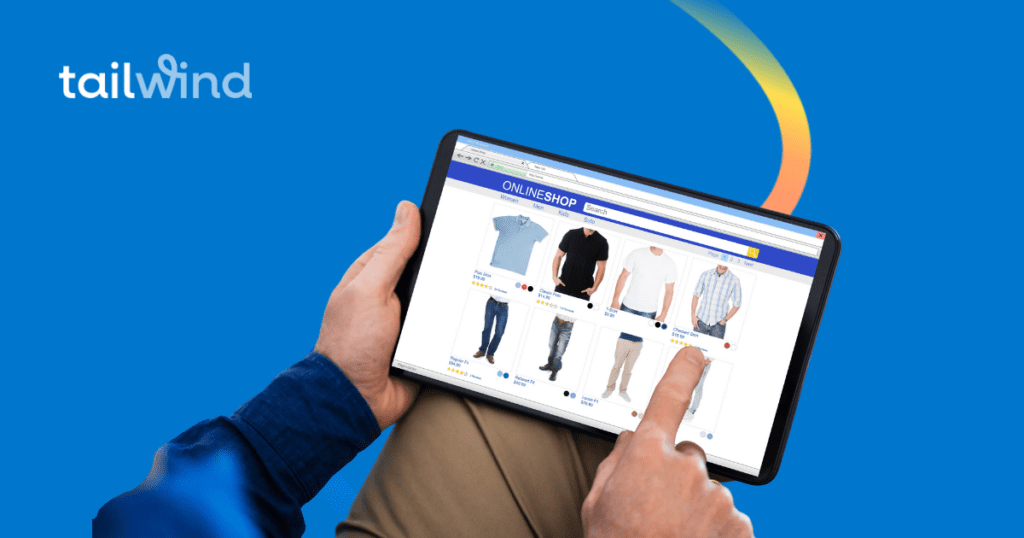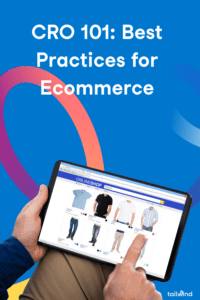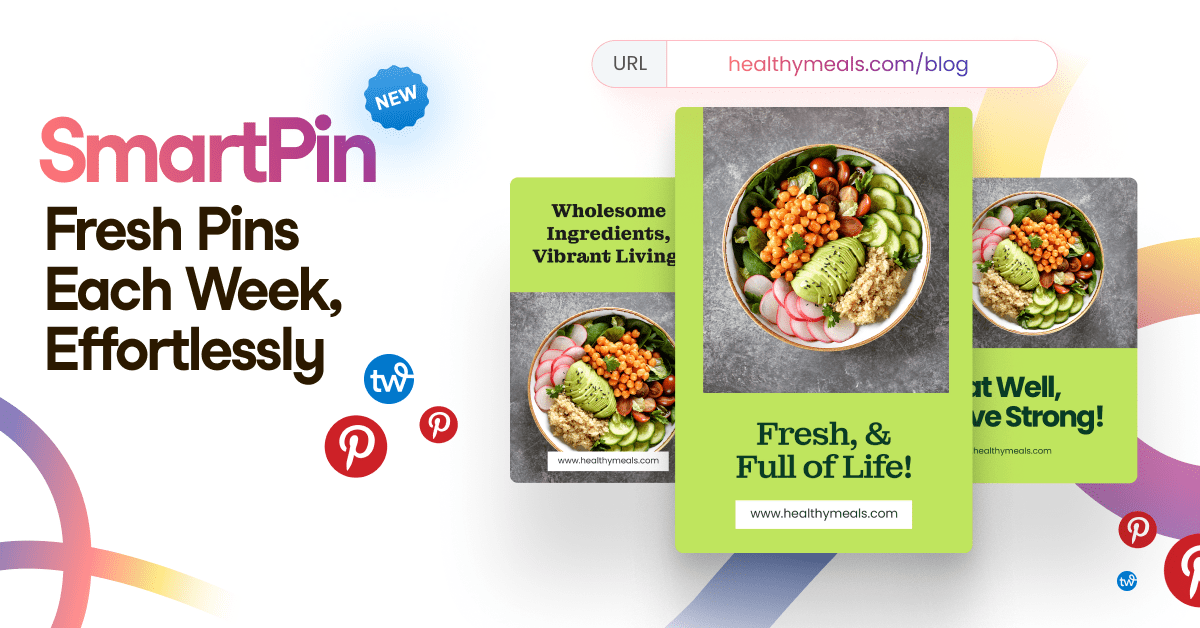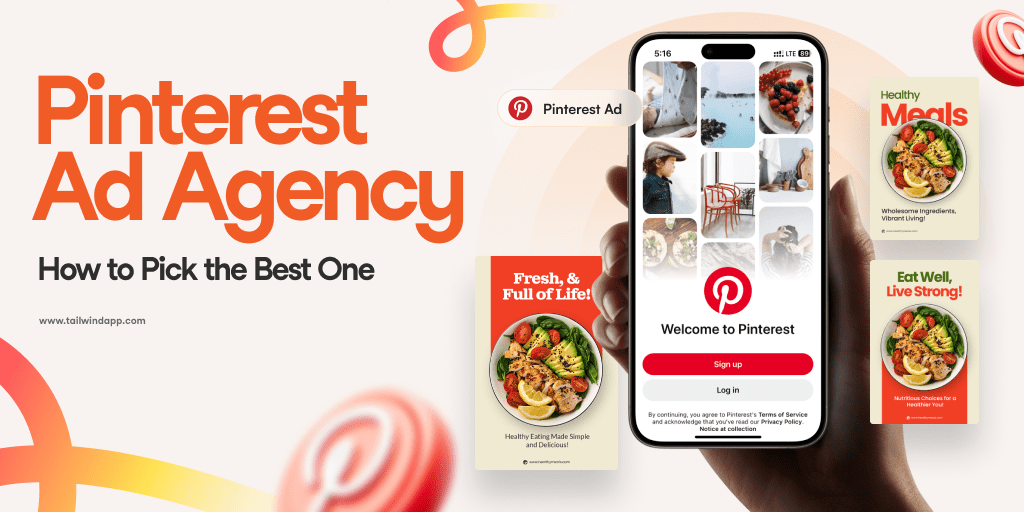
In the bustling world of online shopping, standing out isn’t just about having the best products—it’s about offering an unmatched buying experience.
Even a slight tweak in your ecommerce site’s user journey can significantly amplify sales!
Let’s dive into proven strategies and unlock the full potential of your ecommerce platform.
Understanding CRO
Conversion rate optimization, or CRO, is a crucial process that aims to improve your ecommerce website’s effectiveness in turning visitors into customers.
This practice focuses on increasing the percentage of users who complete a desired action such as purchasing a product, adding an item to their cart, or (if you are building a lead-list) subscribing to a newsletter.
Conversion Rate
Another term that goes hand in hand with conversion optimization is ‘conversion rate.’ The conversion rate is the number of conversions divided by the total number of visitors to your website, usually expressed as a percentage.
For example, if you have 1000 visitors on your site and 50 of them make a purchase, your conversion rate is 5%.
Benchmarking
Last but not least: Benchmarking. It can help you evaluate your website’s performance by comparing your conversion rate with those of other ecommerce websites within your industry.
Don’t know their rates? No problem. Just try to get better conversion rates each month on your own site and see how far you can go.
This is an essential step in identifying areas where you can improve and in setting achievable goals for your CRO efforts.
Starting with CRO
Effective CRO involves quantitative and qualitative analysis of your website’s design, layout, and overall user experience (UX) to identify potential areas for improvement. This may include analyzing the site’s navigation, call-to-action buttons, images, and any obstacles that could hinder the user’s path to conversion.
Once you’ve identified the areas that need optimization, you can apply different strategies to improve the conversion rate. These strategies could include:
- Simplifying website navigation and making it more user-friendly
- Providing clear, concise, and persuasive product descriptions
- Using high-quality images and videos to showcase products
- Offering personalized recommendations and promotions
- Streamlining the checkout process to reduce cart abandonment
Keep in mind that CRO is an ongoing process, requiring consistent testing and analysis to ensure that your website continues to perform at its best.
Regularly monitor your conversion rates and always be on the lookout for opportunities to make improvements that bring you closer to meeting or exceeding your ecommerce goals.
The Importance of Design in Ecommerce
Website Navigation Optimization
A well-designed ecommerce website ensures that users can easily find what they’re looking for and smoothly complete their purchase.
To optimize website navigation, make intuitive and clear categories, and keep menus organized. Providing a search function and relevant filters also allow your customers to quickly find the products they are interested in.
Essential Elements and Design Psychology
Incorporate product images, 360-degree views, and photos that convey your brand’s visual aesthetic while paying attention to color psychology and typography.
Your homepage and landing pages should have a user-friendly layout that effectively showcases the featured products, offers, and promotions.
Crafting Compelling Call-to-Actions (CTAs) and Visuals
Call-to-actions (CTAs) play a significant role in turning website visitors into customers.
Make sure your CTAs like “Buy Now” or “Add to Cart” are prominent and visually appealing.
Utilize persuasive copy and visually engaging elements to make your CTAs stand out.
Landing Page Optimization and A/B Testing
Landing pages serve as the gateway to your ecommerce website. Optimize them by incorporating persuasive headlines, clear product descriptions, and high-quality images.
A/B testing different layouts, images, and copy can help you identify what works best for your audience, ultimately increasing your conversion rate.
Importance of Load Times
Fast load times are essential for a seamless user experience. Slow websites can lead to a decrease in user engagement and ultimately result in lost sales.
Optimize your website’s load time by compressing images, using a content delivery network (CDN), and minimizing JavaScript and CSS files.
Mobile Devices Compatibility
Considering the growing number of shoppers using mobile devices, it’s vital to have a responsive design that caters to different screen sizes and resolutions.
Ensure your website loads quickly and functions effectively on all devices to provide a consistent shopping experience for your customers.
Enhancing the User Experience
AI and Chatbot Implementation
Implementing AI and chatbot technology on your ecommerce website can enhance user experience by providing personalized assistance to visitors.
These AI-powered tools analyze customer interactions, allowing for tailored product suggestions and instant support, ultimately boosting customer satisfaction.
Not only do chatbots handle customer inquiries efficiently, but they can also help users navigate your website and guide them through the add-to-cart and checkout process.
Optimizing Functionality
In order to optimize functionality, you should prioritize easy site navigation. Streamline your website’s structure by providing clear categories, search filters, and targeted recommendations.
This will allow customers to quickly find the products they’re looking for and encourage them to explore your catalog.
Moreover, consider how these optimizations will look on mobile devices, as a significant portion of your audience likely accesses your site through their phones or tablets.
Quite often, you will find an online store with useful filters, just to discover that they do not function properly on mobile.
Product Pages
Impact of Social Proof
Social proof plays a significant role in boosting conversions on your ecommerce website’s product pages.
It is the psychological phenomenon where people tend to follow the actions of others, particularly when they are unsure of what to do.
By displaying ratings, reviews, and testimonials on your product pages, you can encourage potential buyers to trust your products and make a purchase.
Incorporating Testimonials
Including testimonials on your product pages is an effective way to build social proof. Here are a few tips to make the most of testimonials:
- Use authentic and genuine testimonials from your customers.
- Showcase a mix of text and video testimonials for variety.
- Highlight the essential benefits customers experienced using the product.
- Incorporate testimonials that address common concerns or objections potential buyers might have.
Testimonials can make a significant impact on your potential customers’ decision-making process; hence, utilizing them can lead to higher conversion rates.
The Role of Online Reviews
Online reviews are another critical component of social proof. Here are some ways to effectively leverage online reviews on your product pages:
- Display a product’s average rating and make it eye-level positioned.
- Allow customers to filter reviews based on specific criteria (e.g., most helpful, most recent).
- Encourage customers to submit reviews with incentives (e.g., discounts or loyalty points).
Social proof, testimonials, and online reviews are essential elements of successful product pages. Never enough of them!
Product Descriptions
Crafting Engaging Product Descriptions
Product descriptions play a crucial role in the customer’s experience and making a sale.
Focus on crafting an engaging and informative description, including your product’s unique selling proposition (USP).
Use persuasive language and highlight the benefits of your product to create an emotional connection with your audience.
Keep in mind the following points for an engaging product description:
- Address your customers’ needs and pain points
- Use concise and easy-to-understand language
- Highlight the product’s features and advantages
- Avoid using generic phrases; be specific
Want to create as many product descriptions as you need within minutes? Then you have to try our product copy features in Ghostwriter.
Technical Elements & SEO
You should strategically incorporate keywords and phrases that are relevant to your product without compromising the quality of the content.
The following SEO guidelines can help improve your product descriptions:
- Use relevant keywords in product titles and headings
- Include important keywords in the first sentence of the description
- Provide concise and informative meta-descriptions
- Avoid keyword stuffing — write for the audience, not just search engines
SEO can be quite a hassle, particularly when you need to have it on each of your pages. Tailwind is here to help, as our Ghostwriter has specialized SEO functions that you can try out.
Incorporating Visuals and Multimedia
In addition to a well-written product description, visuals and multimedia content can significantly enhance the overall ecommerce experience.
Including high-quality images, videos, and other rich media can help showcase your product from different angles, demonstrate its usage, and bring its features to life.
When incorporating visuals into your product descriptions, consider:
- Using multiple high-resolution images that accurately represent the product
- Creating video demonstrations and tutorials showing the product in use
- Adding interactive elements, such as a 360-degree view or zoom functionality
Conversion Rate Optimization (CRO) Techniques
In this section, you will learn about various techniques to improve your ecommerce website’s conversion rate optimization (CRO) and achieve better performance.
A/B Testing and CRO
A/B testing is a core component of CRO, enabling you to compare two versions of a webpage to determine which one performs better.
By conducting experiments with different layouts, headlines, colors, and other elements, you can optimize your website to increase conversions.
- Heat mapping: Use tools like Hotjar to create heat maps that visually represent how users interact with your website. By analyzing these maps, you can discover areas that attract attention and those that need improvement.
- Multivariate testing: Like A/B testing, multivariate testing compares multiple variables simultaneously to determine the most effective combination.
Understanding Industry KPIs
To successfully optimize your site, it’s essential to understand industry KPIs. These are the metrics that reflect how well your website is performing compared to others in your niche.
- Conversion rate: Monitor and compare your conversion rates to industry averages. This will help you set realistic targets and prioritize areas for improvement.
- Bounce rate: Analyze your site’s bounce rate to identify potential issues such as poor navigation, weak content, or slow-loading pages.
- Average session duration: A longer session duration often indicates that visitors are finding your content engaging and are spending more time exploring your site.
- Pages per session: If visitors are browsing multiple pages during a single visit, it’s usually a sign of strong engagement.
- Cart abandonment rate: Especially crucial for ecommerce sites, this KPI shows how many potential buyers leave your site without completing a purchase.
- Customer Lifetime Value (CLV): This metric reflects the total revenue you can expect from a single customer throughout their interactions with your brand.
- Return on Ad Spend (ROAS): Track the effectiveness of your advertising campaigns. An ROAS higher than the industry average means you’re getting a good return on your investment, but if it’s lower, it might be time to reevaluate your advertising strategies.
Effective Use of Google Analytics
Google Analytics is an invaluable tool for tracking and analyzing your site’s performance, enabling you to make data-driven decisions and optimize your conversion rates.
- Goal setting: Set up clear, measurable goals in Google Analytics to track conversions and other desired actions.
- Funnels: Create conversion funnels to understand user behavior and identify areas where customers are dropping off.
- Audience analysis: Explore demographic and geographic data to target your marketing efforts and improve user experience.
Checkout Process Improvement
Reducing Barriers to Checkout
One way to do this is by simplifying the checkout process, which can be accomplished by reducing the number of steps involved.
Examine your checkout process and eliminate any unnecessary steps to make it easier and faster for customers to complete their purchases.
Make sure to optimize your website’s speed, as slow loading times can deter customers from completing their transactions.
Offering a Guest Checkout Option
Many visitors will abandon their cart if they’re required to sign up for an account before completing a purchase.
By providing a guest checkout option, you make the purchasing process quick and convenient for potential customers. This can lead to a higher conversion rate, as it reduces friction in the purchase journey.
To implement a guest checkout feature, streamline your checkout page to minimize the required fields and information.
Focus only on capturing essential order details such as shipping and billing information, and allow users the option to complete their purchase without the need to create an account.
Streamlining Form Fields
Lengthy or complex forms can deter customers from completing their purchases. Take a close look at your checkout form and consider the following:
- Removing unnecessary fields: Only ask for information that is essential to process the order. Eliminate any fields that do not directly pertain to the transaction.
- Grouping related fields: Organize your form logically by grouping related fields together. This can make the form easier to navigate and complete.
- Using autofill: Implement autofill functionality to prepopulate certain fields and reduce the effort required by the user.
Effective Promotions and Discounts
Consider offering targeted promotions tailored to your customer base. This could be based on factors such as past purchases, geographic location, or customer preferences.
By personalizing your promotions, you can increase the likelihood of your customers engaging with your offers and making a purchase.
Coupon codes are another effective way to drive conversions.
By offering these online discounts, you can incentivize customers to make a purchase they might have otherwise postponed or ignored.
You can experiment with different types of coupon codes, such as those based on a specific amount off, a percentage discount, or even free shipping.
Consider implementing these strategies for your coupon codes:
- Time-sensitive discounts: Motivate shoppers to act quickly by offering limited-time promotions. This creates a sense of urgency that can lead to increased conversions.
- Volume discounts: Encourage customers to buy more by providing discounts for larger purchases. This can be in the form of tiered pricing or a buy-one-get-one deal.
- Exclusive discounts: Reward loyal customers by offering special deals accessible only to those who subscribe to your newsletter or are part of a membership program.
Don’t forget the power of social media and email marketing campaigns when distributing your discount codes and promotions. Make it easy for your customers to share the discounts with their friends, driving more traffic and potential buyers to your ecommerce site.
Lastly, remember to monitor and analyze the performance of your promotions and discounts. This will help you understand which offers resonate most with your audience and enable you to optimize future strategies.
By iterating and improving your discount campaigns, you can continuously refine your approach to ecommerce conversion rate optimization.





